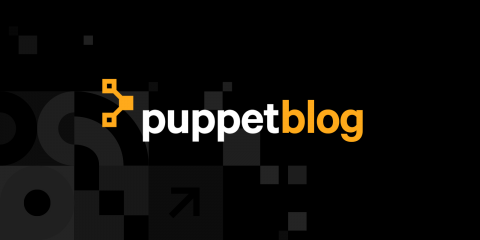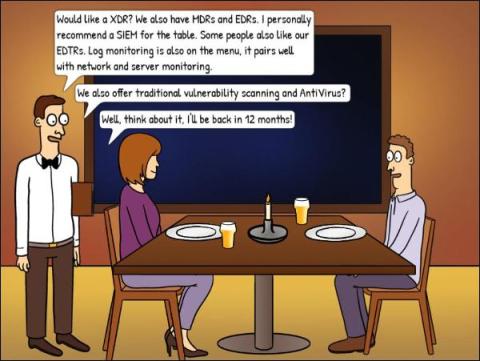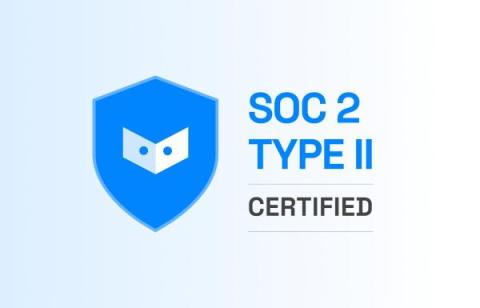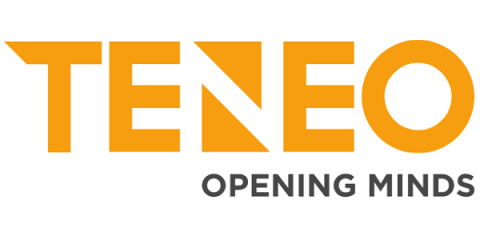Role-Based Access Control (RBAC): Security Benefits + RBAC Examples for Automated Access Management
Role-based access control (RBAC) is a way to secure IT systems and networks by limiting access to roles that can be assigned to individuals and groups of users. It makes sense for just about any IT team. After all, not everyone needs access to everything in a system, right? Different roles have different responsibilities, and those responsibilities require access to different things. RBAC makes sure that only the users who need access to certain services and resources have it.










